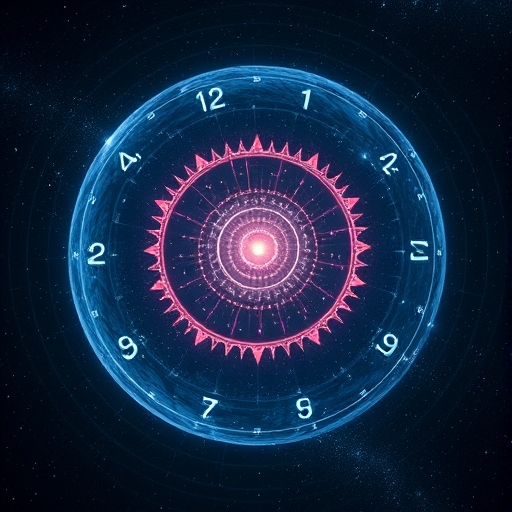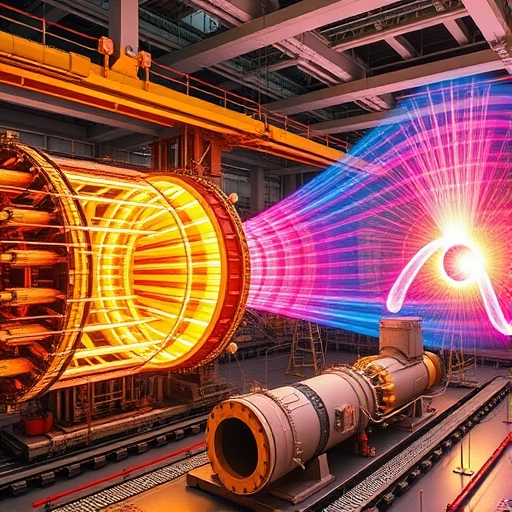
Global Collaborations, Particle collider research has always been a collaborative effort, requiring expertise, funding, and resources from nations across the globe. The quest to understand the universe’s fundamental particles and forces is far too ambitious for any single institution or country to achieve alone. As a result, international particle physics projects have become a cornerstone of scientific progress, bringing together researchers, institutions, and governments from around the world.
This article explores 6 key global collaborations in particle collider research, highlighting the importance of CERN partnerships with universities, global funding for particle colliders, and joint experiments in particle science. These collaborations exemplify how teamwork transcends borders to unlock the secrets of the universe.
1. The Large Hadron Collider (LHC) and Its Global Network
Overview:
The Large Hadron Collider (LHC) at CERN is the world’s largest and most powerful Global Collaborations as particle accelerator, and its success depends heavily on global collaboration. Over 100 countries contribute to the LHC’s operations and research, making it a true international effort.
Key Collaborative Features:
- Participating Institutions: Thousands of scientists and engineers from over 600 universities and research centers worldwide contribute to LHC experiments like ATLAS, CMS, ALICE, and LHCb, Global Collaborations.
- CERN Partnerships with Universities: Institutions like MIT, Oxford University, and the University of Tokyo work closely with CERN on data analysis, detector development, and theoretical modeling, Global Collaborations.
- Open Data Policy: CERN provides access to its research data, enabling global institutions to participate in cutting-edge particle physics studies, Global Collaborations.
This large-scale physics collaboration led to the discovery of the Higgs boson in 2012, a milestone achieved through international teamwork.

2. The International Linear Collider (ILC)
Overview:
The International Linear Collider (ILC) is a proposed particle accelerator designed to complement the LHC by focusing on precision measurements of the Higgs boson and other particles. The project is spearheaded by a coalition of countries, with Japan as a potential host.
Collaborative Highlights:
- Worldwide Support: The ILC design and research involve scientists from Europe, the United States, Japan, and other nations, Global Collaborations.
- Global Funding for Particle Colliders: Funding efforts are shared among participating countries to spread the financial burden and ensure long-term feasibility, Global Collaborations.
- Technological Synergy: The ILC incorporates innovations from various global institutions, including advancements in superconducting accelerator technology, Global Collaborations.
The ILC is a prime example of worldwide particle accelerator research, emphasizing the need for multinational cooperation to achieve ambitious scientific goals.
3. Future Circular Collider (FCC) Collaboration
Overview:
The Future Circular Collider (FCC) is an ambitious project proposed by CERN to succeed the LHC as Global Collaborations. This next-generation collider would be the largest particle accelerator ever built, with a circumference of 100 kilometers. Its development involves extensive international partnerships.
Key Collaborative Features:
- Global Design Effort: Researchers from around the world are contributing to the FCC’s conceptual design, including technical innovations and feasibility studies.
- Economic Contributions: Member states of CERN, along with other international partners, are expected to provide funding and resources.
- Scientific Goals: The FCC aims to study the Higgs boson in unprecedented detail, search for dark matter, and explore new physics beyond the Standard Model.
This international particle physics project represents a long-term vision for global scientific collaboration.

4. The Deep Underground Neutrino Experiment (DUNE)
Overview:
The Deep Underground Neutrino Experiment (DUNE), hosted by the United States, is one of the most significant joint experiments in particle science. It aims to study neutrinos, mysterious particles that could unlock fundamental secrets about the universe.
Collaborative Highlights:
- Global Participation: Over 1,000 scientists from more than 30 countries are involved in DUNE, including key contributions from CERN as Global Collaborations.
- CERN’s Role: CERN is building cutting-edge detector technology, such as the massive cryostats needed to house liquid argon detectors , Global Collaborations.
- International Facilities: DUNE’s long-baseline experiment will send neutrinos from Fermilab in Illinois to the Sanford Underground Research Facility in South Dakota, covering 1,300 kilometers.
DUNE exemplifies how CERN partnerships with universities and research facilities worldwide drive progress in fundamental physics.
5. The European Spallation Source (ESS)
Overview:
The European Spallation Source (ESS), located in Sweden, is a collaboration between 13 European countries to build the world’s most powerful neutron source. While primarily focused on neutron science, the ESS also contributes to particle accelerator research through shared technology and expertise.
Key Collaborative Features:
- Technological Innovations: The ESS relies on advanced accelerator technology developed through collaborations with CERN and other institutions.
- Scientific Synergy: ESS research complements particle physics by providing insights into materials science, biology, and chemistry.
- Pan-European Funding: Member countries share the financial responsibilities, ensuring the project’s sustainability.
The ESS demonstrates how large-scale physics collaborations can benefit multiple scientific disciplines.

6. The High-Luminosity LHC (HL-LHC) Upgrade
Overview:
The High-Luminosity Large Hadron Collider (HL-LHC) is a major upgrade to the LHC, designed to increase its data collection capabilities by a factor of 10. This upgrade involves extensive international cooperation.
Collaborative Highlights:
- Global Funding: Member states of CERN, along with non-member partners like the United States and Japan, contribute to the project’s funding.
- Technological Contributions: Institutions worldwide are developing advanced components, such as superconducting magnets and innovative detector systems.
- Shared Scientific Goals: The HL-LHC will enable more precise measurements of the Higgs boson and expand the search for new particles.
The HL-LHC showcases how global funding for particle colliders and international teamwork drive technological advancements in physics.

Conclusion
Particle collider research is a testament to the power of international collaboration. From the LHC’s global network to the ambitious goals of the Future Circular Collider, these projects demonstrate how scientists, governments, and institutions can work together to advance humanity’s understanding of the universe.
Through CERN partnerships with universities, shared funding, and cutting-edge technology, these international particle physics projects pave the way for discoveries that would be impossible without global cooperation. As science becomes increasingly interconnected, these collaborations serve as a model for tackling the biggest questions about our universe.
If you want to read more: CLICK HERE
